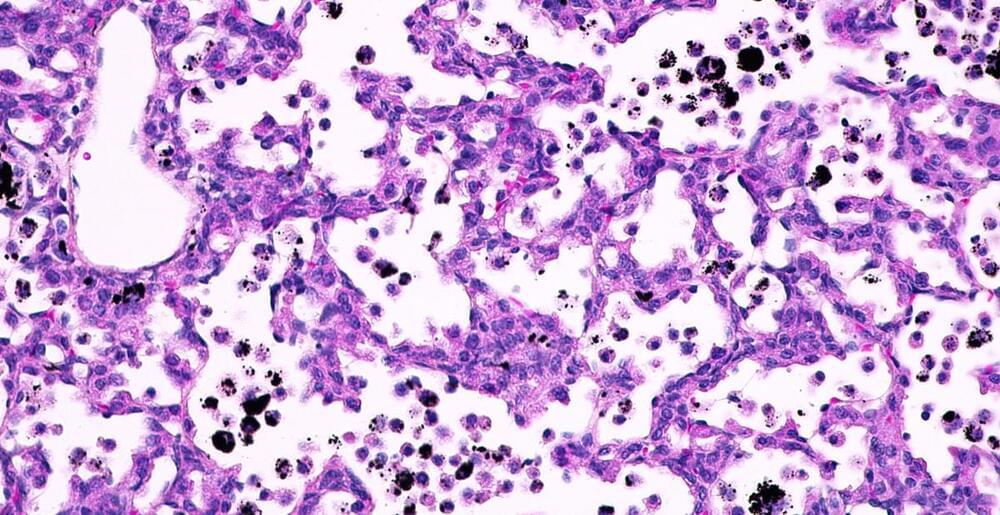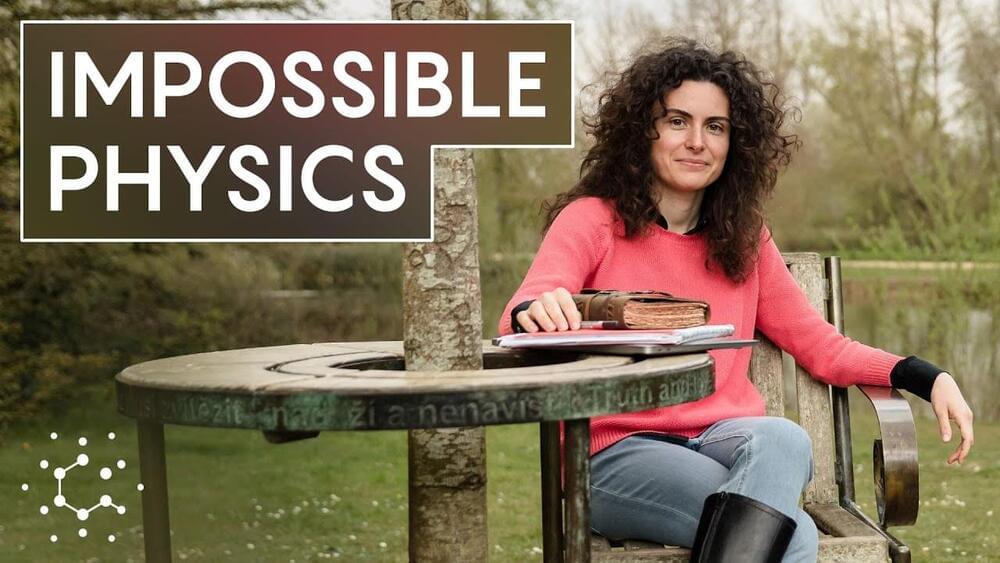Dec 5, 2022
Nano-magnets can be used to restore damaged nerve cells —Bar-Ilan
Posted by Shubham Ghosh Roy in categories: bioengineering, nanotechnology, robotics/AI
These fundamental units of the brain and nervous system – composed of the cell body, the dendrites and the axon (a long, thin extension responsible for communicating with other cells) – receive sensory input from the external world, send motor commands to our muscles and for transform and relay the electrical signals at every step in between.
“Our novel method of creating ‘mini-brains’ opens the door to finding solutions for various neurological impairments”
Prof. Orit Shefi and doctoral student Reut Plen from the Kofkin Faculty of Engineering at Bar-Ilan University (BIU) have developed a novel technique to overcome this challenge using nanotechnology and magnetic manipulations – one of the most innovative approaches to creating neural networks. Their research was recently published in the peer-reviewed journal Advanced Functional Materials under the title “Bioengineering 3D Neural Networks Using Magnetic Manipulations.”


















